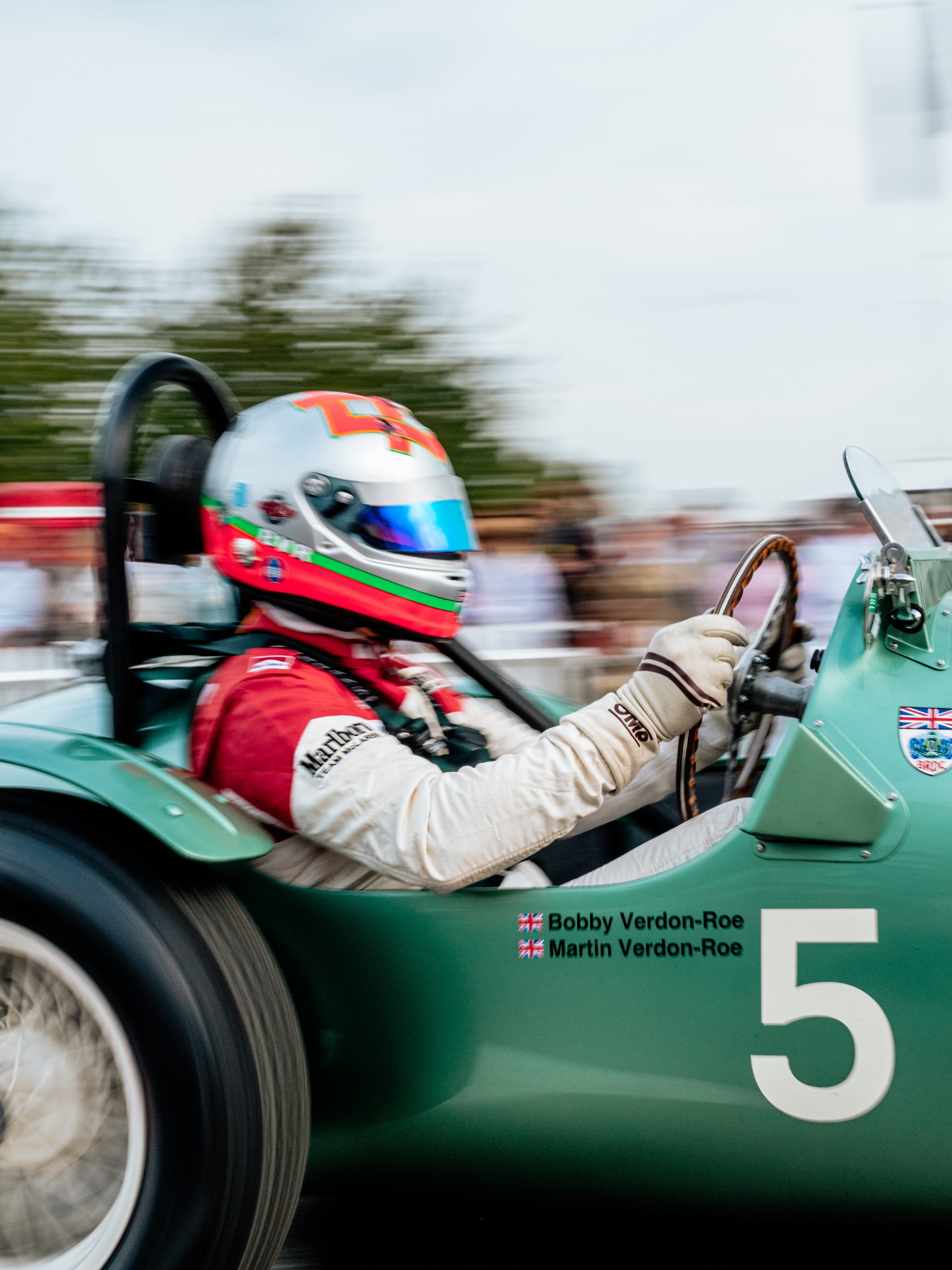First Drive: Skoda Karoq
Liked the Yeti did you? Skoda's little Sasquatch, first seen as a concept in 2005, was created out of VW's parts bin and its tough, Tonka-style looks gained it plaudits all around Europe, particularly in Britain. It also gave Land Rover a bit of a problem with its Defender replacement, since the early Land Rover concepts looked so like the original Yeti.

You might not like this, then. Karoq, the new Yeti replacement, is slightly bigger but has so much less charisma and presence you'd be best buying it in a bright colour or you'll never find it in the car park.
Question is, of course, do you want to buy one in the first place? If the looks don't put you off, there's quite a lot to like in this mid-sized SUV which goes into one of the most crowded markets in the UK.
First off is the cabin, which is a real step up from the old Yeti. It's well designed, beautifully finished and made of pleasant-to-touch materials. The driver gets a traditional twin-dial binnacle and in the centre sits the VW Group touch screen, with heater and air-con controls ranged underneath. It looks and feels really modern, but the screen requires several presses to access really quite simple functions and you can find yourself spending worrying amounts of time with your eyes off the road. The seats are comfortable and accommodating, although the left-hand drive cars on the launch had slightly uncomfortable off-set pedals.
There's a generous rear-seat bench with the old Yeti's Varioflex seating system on the top two trim models, which allows all or any of the three rear seats to be folded or removed. At 521 litres, the boot is bigger than that in the new Audi A8 limousine.

It's on sale now with first deliveries in January, there are three trim levels, SE, SE L and the top model Edition, and like most of the market, the majority of cars sold will be front-wheel drive. Four engines are offered: a 113bhp, three-cylinder, 999cc turbo petrol and the excellent 148bhp, four-cylinder, 1.5-litre turbo petrol. Turbodiesels are the 113bhp, 1.6-litre four pot and a 148bhp, two-litre, four-cylinder. The standard transmission is a six-speed manual, with an optional seven-speed, DSG twin-clutch semi-automatic.
Four-wheel drive is only available with the most powerful diesel engine and that was the first car I drove. It feels much like the old 4x4 Yeti, but a bit more refined, with better steering and a far better ride/handling combination. Where the old Yeti would come over a bit unnecessary when pushed, this car kept its composure, with well-controlled body roll and a bouncy but not horrible ride quality. The engine is mostly smooth and powerful, but it does fizz through the pedals in certain places round the rev counter.
The biggest problem was the DSG transmission, which is fine at around-town speeds but gets a bit frantic at speed. It also takes too much time when selecting first after the engine has auto stopped at traffic lights or junctions, which can lead to a few heart-stopping moments.

Best by far is the 1.5-litre petrol, which in this launch model was driving just the front wheels with a manual gearbox. With Karoq weighing in at about 1.4 tonnes in top-model form, this engine, while refined and quiet, can feel a bit breathless at times. If you are planning on towing, you'd probably want the big diesel. Perhaps that reluctance is to do with a slight over gearing, so you need to stir the surprisingly precise (and occasionally stiff) gear lever. What is undeniable is the fine blend of ride and handling. On Skoda engineered dampers, it rides comfortably but positively, with well-controlled body sway and only the immediate response to sharp changes of direction betraying the fact that this is a high-mounted vehicle. The brakes are good, too, but in the end, it's that cossetting ride quality which marks it out as a Skoda.
They say that looks are everything in this family-sized SUV market, though the Nissan Qashqai's place as Europe's second-most popular car ahead of Volkswagen's Polo and Renault's Clio perhaps gives the lie to that. There will, of course, be those who rightly mourn the old Yeti, but while this replacement is hardly memorable or a benchmark in attractiveness, there's no denying that it drives much better and is a lot more refined. I didn't really want to like this bland looking SUV and I miss the old Yeti, but in the end, it's hard to avoid the fact that Karoq is a well engineered, fine riding example of the breed and for most buyers that's enough.
The Numbers
Engines: 1,498cc, four-cylinder TSI turbocharged petrol
Transmission: six-speed manual, front wheel drive
Bhp/lb ft: 148bhp @ 5,000/184lb ft @ 1,500rpm
0-62mph: 8.4sec
Top speed: 126mph
Price as tested: £24,515
skoda
karoq




